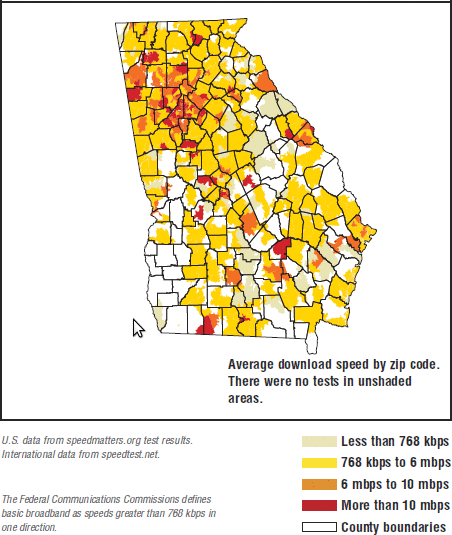The VDT apparently declined to print this LTE submission. I added the links and images. -jsq
Continue readingWhen I opened a recent “Sunday Business” section of the Valdosta Daily Times I was expecting to see a thorough discussion of the pros and cons of smart meters. After all, the headline read: “Smart Meters — Fact or Fiction?” What I found, however, was quite different. In case you missed it, here a summary of the highlights:
According to Georgia Power “concerns about smart meters are
nothing more than myths.” These concerns range from health risks and increased bills to an invasion of your privacy and house fires started by electrical shorts. Myths or not, the best way to counter customers’ concerns would be to provide studies that, for example, show that smart meters are less dangerous than cellular phones or that electricity bills have not increased as a result of smart meters. However, customers only get assurances which, frankly, do nothing to dispel existing concerns.
Georgia Power also claims that it is using smart meters to be more environmentally



















